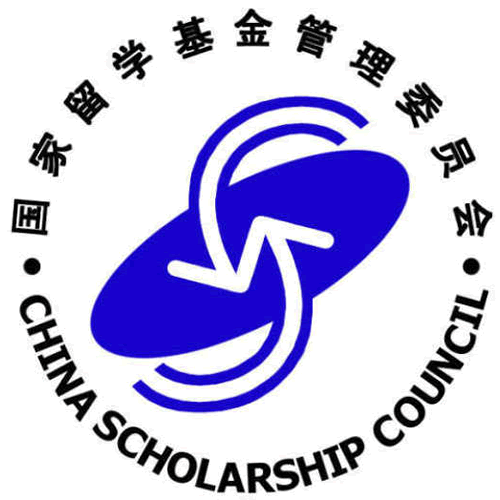PhD Research Studentships
Surface roughness effects on wing geometries for reduced-emissions aircraft
| Supervisors: | Kshitij SABNIS and Neil CAGNEY |
| Apply by: | 29 January 2025 |
| Start in: | September (Semester 1) |
Description
The global civil aviation industry has been set the challenging task of reducing the negative impacts of air travel on climate change whilst satisfying a continual increase in passenger demand. In order to achieve ambitious environmental targets, it is necessary for manufacturers to develop more aerodynamically efficient aircraft. The efficiency of existing air vehicles is limited partly by the significant design margins introduced to account for gaps in our understanding of complex aerodynamic behaviour. One such knowledge gap concerns the effect of ice accretion or fouling, which affects the surface roughness on aircraft wings. It has recently been demonstrated that the distribution and geometry of roughness can have a substantial influence on the boundary layer developing on the wing surface, with consequent impacts on the lift and drag characteristics.
However, despite the prevalence of surface roughness during aircraft operation, the physical mechanisms underlying this complex behaviour remain relatively unknown. The problem is compounded by the unknown ability of computational methods typically used in industry to reliably predict these flow fields. This PhD project will address the current lack of understanding through fundamental wind tunnel experiments to explore surface roughness effects for wing flow fields relevant to civil aircraft. By assessing the influence of key geometric parameters of the roughness on boundary-layer development, the project aims to provide the aerodynamics community with valuable information on how wing performance might be impacted by ice accretion or fouling. The resulting information can then be integrated into design workflows by manufacturers to develop more efficient aircraft with greater confidence in their aerodynamic behaviour across a range of operational conditions.
As part of this PhD project, the successful candidate will conduct wind tunnel experiments in the Whitehead Aeronautical Laboratory using a range of traditional and innovative optical techniques, including high-speed schlieren imaging, pressure-sensitive paint, and particle image velocimetry. By conducting detailed fundamental experiments and analysing measurements, the PhD student will gain key skills in state-of-the-art wind tunnel testing and high-speed aerodynamics. The ideal candidate will have a background in Engineering or Physics with a demonstrated interest in fluid mechanics and aerodynamics. Relevant experience in conducting experimental research will be beneficial. During this project, candidates will benefit from frequent interaction with world-leading academic and industrial researchers.

Funding
Funded by: China Scholarship CouncilCandidate will need to secure a CSC scholarship.
Under the scheme, Queen Mary will provide scholarships to cover all tuition fees, whilst the CSC will provide living expenses and one return flight ticket to successful applicants.
Eligibility
- The minimum requirement for this studentship opportunity is a good honours degree (minimum 2(i) honours or equivalent) or MSc/MRes in a relevant discipline.
- If English is not your first language, you will require a valid English certificate equivalent to IELTS 6.5+ overall with a minimum score of minimum score of 6.0 in each of Writing, Listening, Reading and Speaking).
- Candidates are expected to start in September (Semester 1).
Contact
For informal enquiries about this opportunity, please contact Kshitij SABNIS or Neil CAGNEY.
Apply
Start an application for this studentship and for entry onto the PhD Aerospace Engineering full-time programme (Semester 1 / September start):
Please be sure to quote the reference "SEMS-PHD-637" to associate your application with this studentship opportunity.
| Related website: | https://www.sems.qmul.ac.uk/staff/k.sabnis/ | |
| SEMS Research Centre: | ||
| Keywords: | Aerospace Engineering, Fluid Mechanics |

